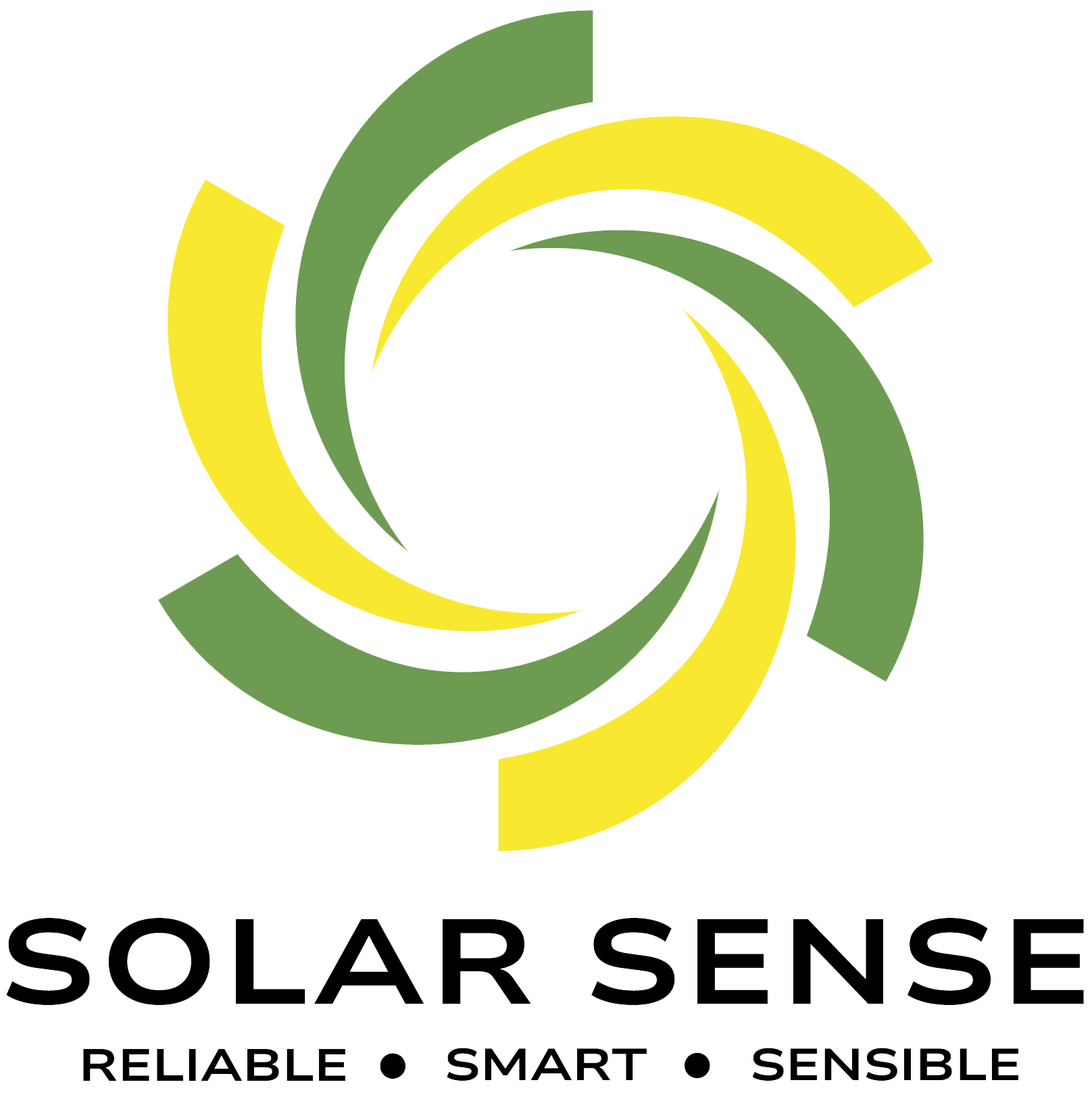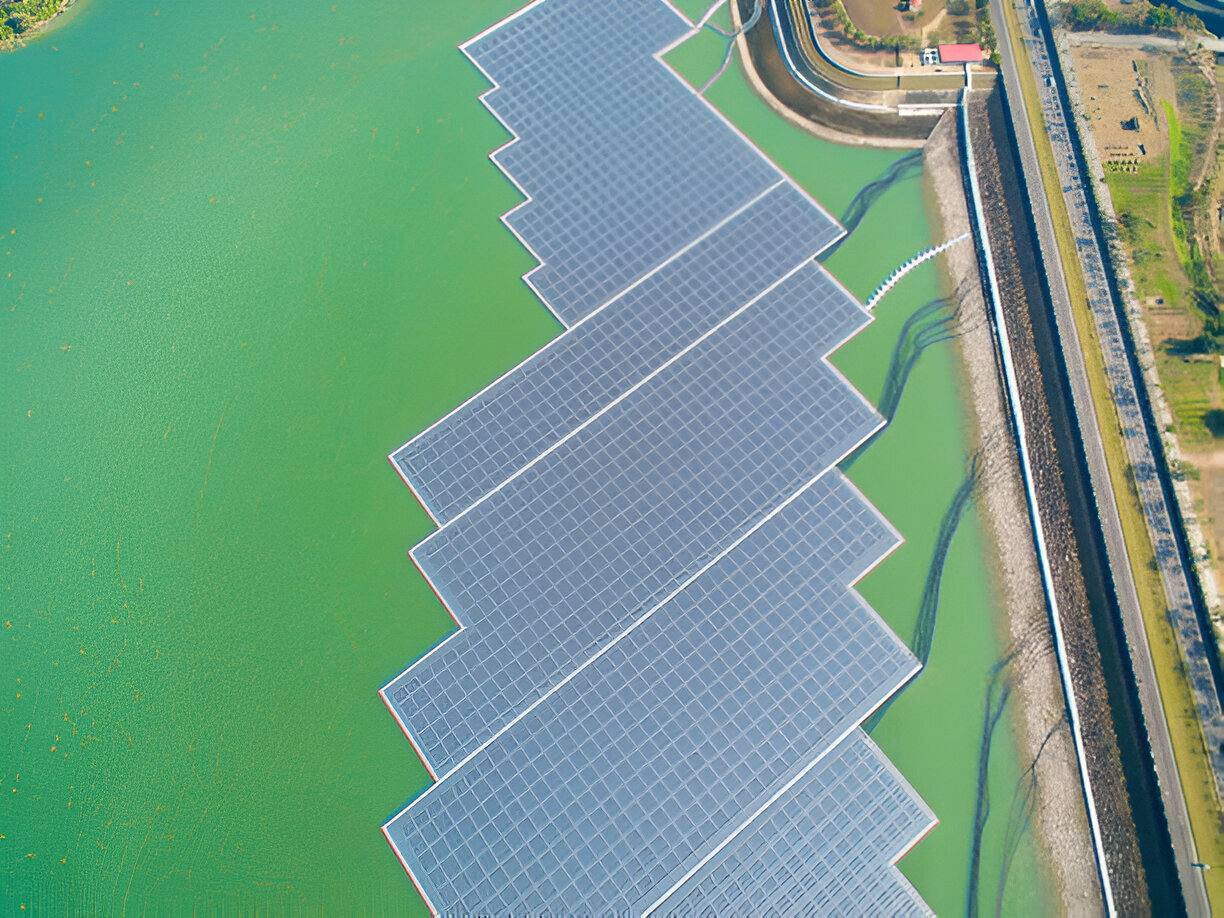Road/rail integrated photovoltaics (RIPV) involves embedding solar photovoltaic technology into transportation infrastructure such as roads, railways, and related systems. This innovative approach harnesses solar energy using the vast surface areas of these infrastructures, converting them into renewable energy sources. RIPV systems can generate substantial amounts of electricity, contribute to the grid and power nearby facilities or electric vehicles. By integrating solar panels into the surfaces of roads and railway tracks. This technology optimizes land use and promotes sustainable development. Additionally, RIPV reduces greenhouse gas emissions, enhances energy security, and provides a cost-effective solution to meet renewable energy goals. The strategy involves strategically utilizing existing infrastructure to facilitate the transition towards a more sustainable and resilient energy future.
What is Road/Rail Integrated Photovoltaics?
Road/Rail Integrated Photovoltaics (RIPV) is the integration of solar photovoltaic systems on the surfaces of roads, railways, and other systems. The revolutionary idea is the integration of PV panels into the pavement or rail-line. So that the structure itself becomes a solar farm. Thus, we anticipate using the generated electricity to power other facilities, support the grid, or power electric cars, creating a clean and sustainable energy system.

Advantages of Road/rail integrated photovoltaics (RIPV)
1. Effective Use of Land
Connecting to RIPV increases road and railway usage, reducing the need for additional land for solar farms.
2. Renewable Energy Generation
Deploying RIPV systems generates clean renewable electricity, reducing dependence on fossil fuel-based energy and lowering greenhouse gas emissions.
3. Energy security
The installation of solar panels in transport structures provides better energy security as it serves as a diversification of energy as well as localized energy systems.
4. Cost-effective solution
Configuring solar generation with the existing electricity network is economically beneficial as it does not require the construction of a dedicated solar farm and associated transmission corridors.
5. Increased sustainability
RIPV enhances everyday life solutions by creating an environment conducive to renewable energy solutions, laying the foundation for a better world.
Conclusion
Road/rail integrated photovoltaics are progressive solutions regarding sustainable civil development based on optimized technologies installed on existing roads and rails for power generation. In this context, RIPV is a very viable solution for increasing energy security, reducing greenhouse gas emissions and efficient land use by integrating solar PV technology into roads and railways. Despite this, continuous advancements in technologies and growing awareness about global warming have made it possible for RIPV to become a part of the future energy base. Adopting measures that are part of sustainability will not only help in making the environment pollution-free but will also help us move towards a better world.
Get in touch with Azadpur
Ready to make the switch to Solar Panels? Contact Solarsense today to schedule a consultation and find out how we can help you harness the power of the sun.
- Phone: +91-8130025257
- Email: info@solarsense.in
- Solar Sense
- 13 Main GT Road, Azadpur, Delhi-110033
Stay connected with us for the latest updates and offers on our solar solutions.

